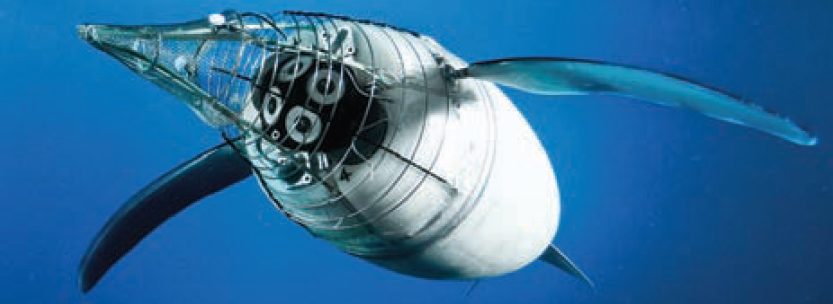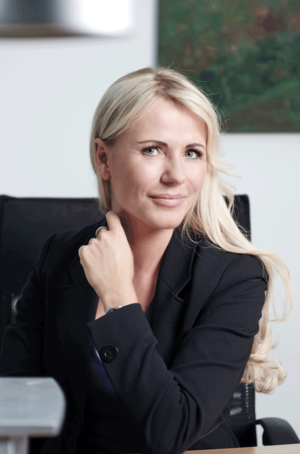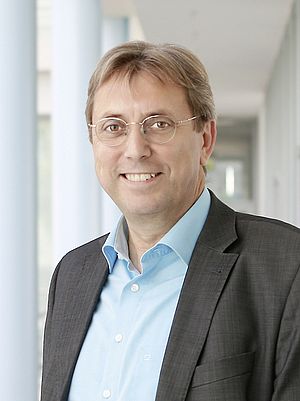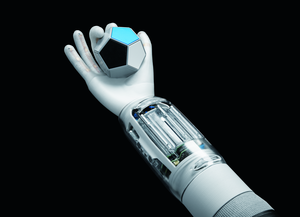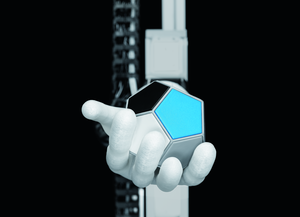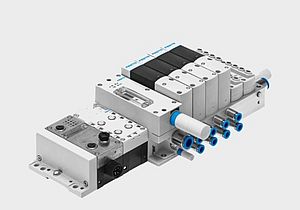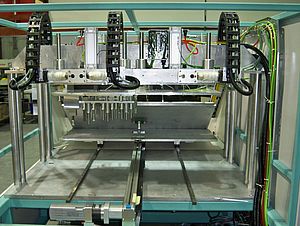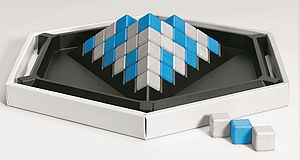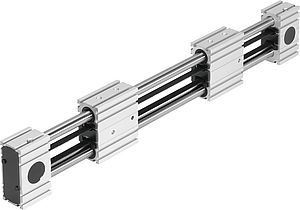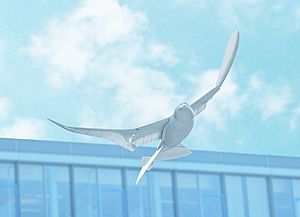Flexibility, lightness in relation to the mass to be displaced and energy efficiency are acquiring increasing significance in automation. With highly diverse examples, nature demonstrates how maximum performance can be achieved with minimum consumption of energy.
Dr. Eberhard Veit, Chairman of the Management Board and Director of Technology and Market Positioning at Festo AG, explains: “We are using bionics to sound out new technologies and to offer our customers even more efficient solutions in automation.”
Over the past few years, the Festo Bionic Learning Network – a cooperation of Festo with renowned universities, institutes and development companies – has become established as an integral part of Festo’s innovation processes.
The Bionic Learning Network thus reflects Festo’s solutions competence for evaluating new approaches in sustainable product development. “We intend to be the innovation leader in our sector. To this end, we must repeatedly travel down new, in other words entirely different, paths in order to provide our customers with added value,”says Dr. Veit.
Bionic design principles serve as the basis for the development of new gripper technology for flexible adaptive gripping in the mechanical handling industry.
In biomechatronics, Festo is investigating new approaches in the control and regulation of autonomous bionic systems, all the way up to smart system integration and the application of state-of-the-art communication technologies. Autonomous, versatile, adaptive and self-regulating processes will acquire increasing significance in the future for the automation of production. In this process, the ongoing development of sensor and regulating technologies along the road to decentralised, autonomous, self-controlling and self-organising systems is benefiting from inspiration provided by nature.
AquaPenguin -an autonomous underwater vehicle
The bionic penguins readily demonstrate what is meant by learning from nature. The use of innovative technical materials and the creative combination of various design and functional principles pave the way for new design opportunities and automation technology.
The AquaPenguins are designed as autonomous underwater vehicles (AUVs) that independently orient themselves and navigate through the water basin and develop differentiated, variable behaviour patterns in group operation.
The penguins’ hydrodynamic body contours and elegant wing propulsion principle were adopted from their natural archetypes. The robotic penguins can manoeuvre in cramped spatial conditions, turn on the spot when necessary and – unlike their biological archetypes – even swim backwards.
An entirely new feature in robotics is the torso that can move in any direction. To make such an“organic” change of shape possible, the head, neck and tail segments were based on a new 3D Fin Ray structure. This structure, derived from the tail fin of a fish, has thus been extended into three-dimensional space for the first time. The actuators and control electronics are housed in the dry main segment of the torso.
The manoeuvres are supported by an intelligent 3D sensor system. To analyse their surroundings, the penguins are fitted with special 3D sonar which makes use of broadband ultrasound signals, similar to those used by dolphins and bats.
The penguins’ torso design can be used in automation as flexible tripods, thereby opening up new fields of application in handling technology. The flexible tripod has an operating range that transcends that of the conventional tripod configuration; for example, pick-and-place applications with an offset of 90 degrees are possible.
In combination with a flexible and adaptive gripper, fragile objects of various shapes can be moved.
Intelligent sensors are also opening up new applications. Thanks to its rapid, precise control, the AquaPenguin can swim collision-free in group operation, with depth control, pressure and temperature compensation, and positional stability. Analogous transfer to automation technology is also to be found in Festo’s regulation technology: for example in the new VPPM and VPWP proportional pressure regulation valves for actuator pneumatics.
AirPenguin - self-regulating systems withcollective behaviour
The AirPenguin is an autonomously flying objectwith collective behaviour that comes close to its natural archetype in terms of agility and manoeuvrability.
The AirPenguins are artificial penguins created by the engineers from Festo, who have taught them “autonomous flight in the sea of air”. A group of three autonomously flying penguins hovers freely through a defined air space that is monitored by invisible ultrasound “transmitting stations”. The penguins can move freely within this space; a microcontroller gives them free will in order to explore it.If the 3D Fin Ray structure of the head and tail sections is transferred to the requirements of automation technology, it can be used for instance in a flexible tripod with a very large scope of operation in comparison with conventional tripods. Fitted with electric drive mechanisms, the Bionic Tripod from Festo for example makes for precise, rapid movements, just like the AirPenguin.
The transfer to automation technology is also to be found by analogy in regulating technology from Festo, for example in the new VPPM and VPWP proportional pressure-regulating valves for actuator pneumatics.


